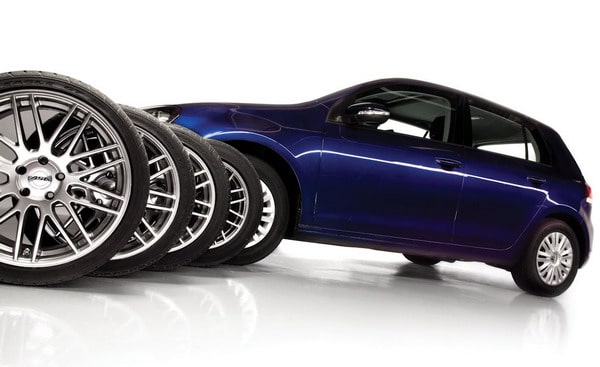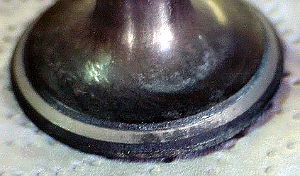Transmission gear ratios
Last Updated on July 22, 2024 by Mutiara
| Gear ratio lists by manufacturer | |
|---|---|
| Chrysler Ford General Motors Hummer Mazda Nissan Toyota | |
Gear ratio is a number, usually expressed as a decimal fraction, representing how many turns of the input shaft cause one revolution of the output shaft. It applies to transmission, power take off, power dividers and rear axles. It can be defined as the ratio between numbers of teeth on the meshing gears. If the input gear is turning faster than the output gear, the system is said to have power ratio.
If the input gear is turning slower than the output gear then the system is said to have a speed ratio.
In simple gear arrangement, the gear ratio can be simple calculated by looking at the number of teeth on the two gear wheels. It can also be calculated by dividing the tooth count of ring gear to the tooth count of pinion gear, carry out to 2 decimal point. The diameter of the gear wheel can also be calculated. A high gear ratio implies a high torque.
The special case of gear ratios are the engine speed of the car to the rotation of the drive wheels. In top gears, one turn of the engine crankshaft results in one turn of the drive wheels. Lower gears require more turns of the engine to provide single turn of the drive wheels, producing more torque at the drive wheel.


